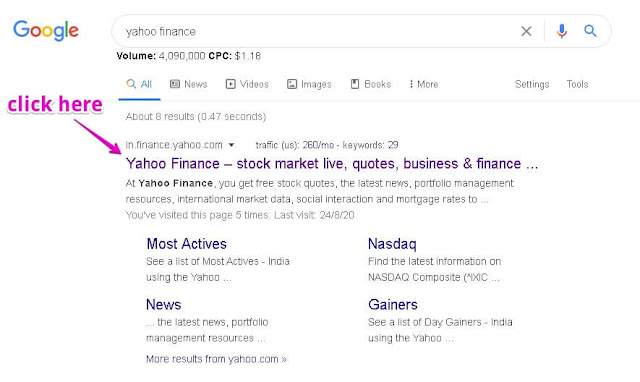This removal of threat will Stephanie Woo Ethan often improve its stock cost. The steady https://shanetpqb434.exposure.co/the-20second-trick-for-what-is-a-future-in-finance?source=share-shanetpqb434 payment stream permits business to have a smaller sized emergency money reserve,which it can rake back. Banks need to match their income streams with their liabilities. Banks make a great deal of fixed-rate mortgages. Because these long-term loans aren't repaid for years, the banks should secure short-term loans to spend for day-to-day expenditures. These loans have floating rates. For this reason, the bank might swap its fixed-rate payments with a company's floating-rate payments. Considering that banks get the very best rate of interest, they may even discover that the company's payments are greater than what the bank owes on its short-term debt. The payer might have a bond with higher interest payments and seek to lower payments that are closer to the benchmark rate. It expects rates to stay low so it is prepared to take the additional threat that could arise in the future. Likewise, the payer would pay more if it simply took out a fixed-rate loan. Simply put, the interest rate on the floating-rate loan plus the cost of the swap is still less expensive than the terms it might get on a fixed-rate loan. Hedge funds and other financiers utilize rates of interest swaps to speculate. They may increase threat in the markets because they utilize utilize accounts that just need a small down-payment. 2002, 2005 C Pass, B Lowes, A Pendleton, L Chadwick, D O'Reilly and M Afferson the exchange of an item, rates of interest on a monetary debt, or currency for another item, rate of interest on a financial debt, or currency respectively: item swaps: individual A provides potatoes to individual B in exchange for a bike. See BARTER; INTEREST RATE swaps on financial debts: a company that has a variable-rate debt, for instance, might prepare for that rates of interest will rise; another company with fixed-rate financial obligation might prepare for that rate of interest will fall. The second business therefore contracts to make variable-interest rate payments to the very first business and in exchange is paid interest at a set rate.


This can take two main forms: a spot/forward swap (the synchronised purchase or sale of a currency in the SPOT MARKET coupled with an offsetting sale or purchase of the same currency in the FUTURES MARKET); or a forward/forward swap (a set of forward currency agreements, involving a forward purchase and sale of a particular currency which develop at various future dates) (Which of the following was eliminated as a result of 2002 campaign finance reforms?). Currency swaps are used by firms that trade worldwide to lessen the threat of losses emerging from currency exchange rate modifications (see EXCHANGE RATE DIRECT EXPOSURE). See DERIVATIVE. Collins Dictionary of Economics, fourth ed. C. Pass, B. Lowes, L. Davies 2005.
An interest rate swap is a monetary derivative that companies use to exchange interest rate payments with each other. Swaps work when one business wants to get a payment with a variable rates of interest, while the other wishes to restrict future threat Timeshare Exit Strategy by getting a fixed-rate payment instead. Each group has their own concerns and requirements, so these exchanges can work to the advantage of both celebrations. Normally, the two celebrations in a rate of interest swap are trading a fixed-rate and variable-interest rate. For example, one company might have a bond that pays the London Interbank Offered Rate (LIBOR), while the other celebration holds a bond that offers a set payment of 5%.
That method both parties can anticipate to get similar payments (What is a finance charge on a credit card). The primary investment is never ever traded, however the parties will concur on a base value (perhaps $1 million) to use to calculate the cash streams that they'll exchange. The theory is that one party gets to hedge the risk connected with their security providing a drifting interest rate, while the other can make the most of the potential reward while holding a more conservative asset. It's a great deal, but it's also a zero-sum video game. The gain one party gets through the swap will amount to the loss of the other party.
Interest rate swaps are traded over-the-counter, and if your business chooses to exchange interest rates, you and the other party will require to settle on 2 main concerns:. Establish a start date and a maturity date for the swap, and understand that both parties will be bound to all of the regards to the contract till the contract ends. Be clear about the terms under which you're exchanging rate of interest. You'll require to carefully weigh the necessary frequency of payments (annually, quarterly, or month-to-month). Likewise choose the structure of the payments: whether you'll utilize an amortizing plan, bullet structure, or zero-coupon approach.